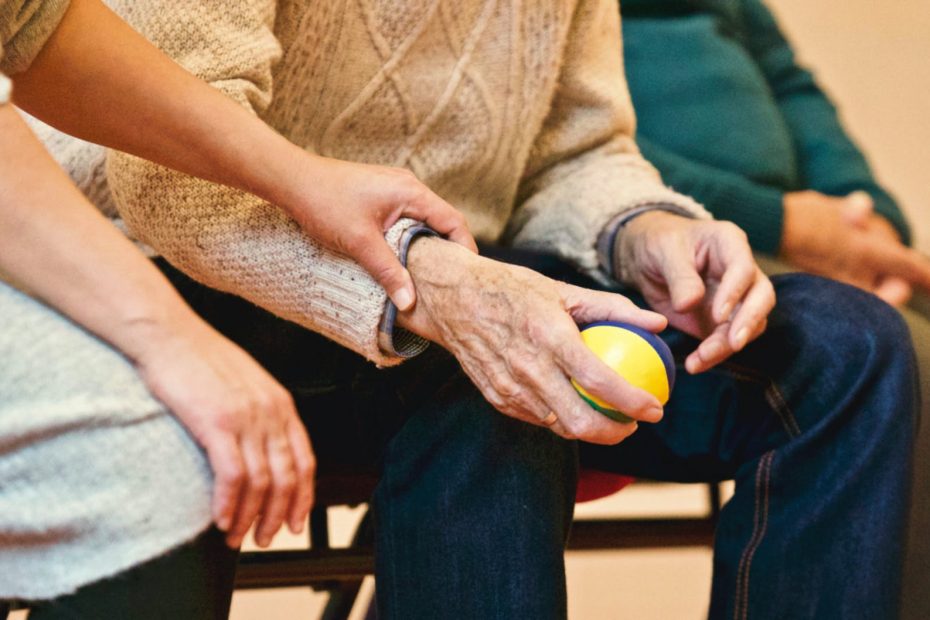My recent interests have been to understand more about chronic pain: Why is there an ache or soreness without an obvious injury and how does it affect one’s ability to move their body.
Pain is an unpleasant sensation which we all are familiar with. It’s a complex interplay of signals and connections from brain to the multiple areas of the body. When one falls or twist their ankle, for example, it’s quite easy to know why leg hurts. Over the span of 6-8 weeks, any bruising or injuries will probably resolve and you’re back to living your life as usual.
Sometimes though this pain persists.
Framework of the human body starts with bones. Over them, lay muscles. Muscles contract and relax to perform a movement or hold the posture. This action is possible because the nerve supplying that muscle generates electrical signals to make it happen. There is a steady flow of these signals, and your movement is easy and pain-free.
When there is irritation along the path these nerves take to reach the muscles, it sends altered signals. Overtime, this puts the muscle in a state of tension. It interrupts constant supply of blood flow to the area which impairs the muscle’s ability to relax. This leads to development of tight knots, bands, or trigger points which re-feeds the cycle of tension causing further irritation of nerve and the muscles it supplies. This causes the nervous system to go in the heightened state by responding with lowest of threshold and interpret that as pain despite there being no obvious source of injury.
Muscles attaches to bone by tendons and ends of two bones make a joint in the body. So muscle tension has a trickle effect on the all neighbouring body parts. This creates inflammation of the tendon, the feeling of bruising around bones and compression of the surrounding joints. This causes altered movement pattern and affects one’s ability to move the body smoothly and efficiently.
It is important to think broadly and understand that pain is quite subjective and unique to an individual. There are many factors that can influence how someone feels their pain. Regulating and balancing the levels of stress, sleep, nutrition, exercise load, emotions, and environment are all equally important for keeping pain levels low..
Recognizing that pain doesn’t equate to harm, understanding that our body have this amazing ability to modulate pain and seeking help from qualified practitioner will go a long way in managing chronic pain.
Through KBPhysio, I see clients virtually throughout British Columbia for their physiotherapy needs. Together, we’ll develop exercises and training plan that aims to teach new your body movement patterns so allow you to take part in life and recreational activities that are most enjoyable to you.
